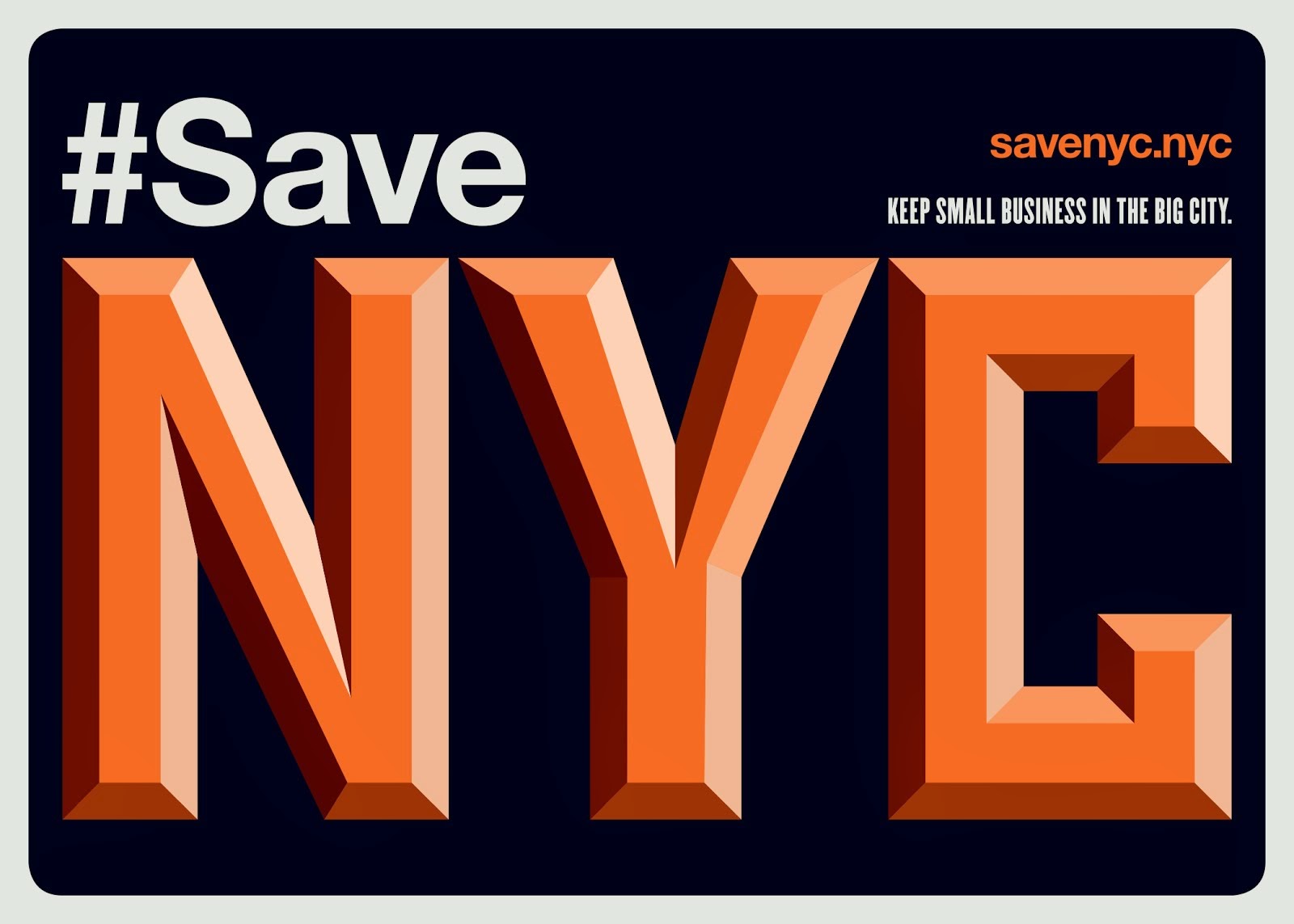As
Grieve pointed out, folks are wondering what will go into the former Tokio 7 spot at 64 East 7th St. What used to be there is an interesting story.

In 1889, the building began serving as the
parsonage for St. Mark's Evangelical Lutheran Church, now the Community Synagogue on East 6th Street. Here lived the family of Reverend George Haas. Tragically, Haas' wife and daughter perished in 1904's
General Slocum disaster, in the steamboat that Haas chartered to take his congregation on a church picnic. With 1,021 dead, it was known as the worst disaster in New York's history until 9/11.
After the Slocum fire, many Germans left the East Village for Yorkville, unable to bear the sorrows the neighborhood brought to mind.
 1904: Haas funeral procession at 64 E. 7th
1904: Haas funeral procession at 64 E. 7th
Sometime in the early 1900s,
the newspaper Russky Golos ("Russian Voice") moved in to the first floor of #64. It's possible that this was the first business to occupy what had been purely a residence.
At this point in time, the invaluable
New York Songlines sums up #64's history quite nicely, explaining that
Russky Golos was "a left-wing newspaper reportedly associated with Soviet intelligence." It was also here in 1920 that
suspected terrorist Alexander Brailovsky was found by police after being spotted at a Wall Street bombing that killed 33 people.
 Russky Golos, 1930s
Russky Golos, 1930s
Writes Songlines: "
Later it was Les Deux Megots coffeehouse ("The Two Cigar Butts"--a pun on the Parisian cafe Les Deux Magots); the poetry reading series here, which included such poets as Allen Ginsberg, Paul Blackburn and Carol Berge, eventually became the Poetry Project at St. Marks-in-the-Bowery. There were also current events speakers, who ranged from Paul Krassner and Tuli Kupferberg to William F. Buckley."
Author Daniel Kane writes about Les Deux Megots in his book
All Poets Welcome, saying it was a "
poetry scene based on inclusiveness or what might romantically be termed a gathering of the avant-garde tribes."
Bergie Lustig remembers many details of life at Les Deux Megots in her blog memoir
Drop In the Bucket. It was the early 1960s and, as Lustig recalls, "Coffee houses were very popular at the time, but not on the Lower East side.
Les Deux Megots was the only one of its kind in the area. The Lower East side was still predominantly Jewish and eastern European and blue collar. Various Slavic groups lived alongside Italians and a few 'others' in relative harmony. The shops and restaurants reflected the makeup of the neighborhood."

Songlines continues: "
Then it was The Paradox, said to be the world's first macrobiotic restaurant; Yoko Ono and folksinger Loudon Wainwright III both worked here, and Abbie Hoffman described it as 'a neat cheap health joint that will give you a free meal if you help peel shrimp or do the dishes.'"
Paul Krassner recalls one of
Yoko Ono's conceptual pieces at The Paradox, "People would climb inside these huge black burlap bags, singly, or with a partner, and then do whatever they wanted, providing a floor show for patrons while they ate their brown rice and sprout salad."
Here's a snippet of a typical scene at The Paradox from
the New York Times in 1971:

After Paradox,
it became the final home of Books 'N Things, according to the wonderful history
Book Row, by Mondlin and Meador. The bookstore opened in 1940 on 4th Avenue and closed in the 1990s on 7th Street. In its many years, it became a landmark destination for book lovers, intellectuals, and radicals.
In 1988, the bookstore proprietor
remarked to the Times that the East Village was "still a place where you can be free. For a lot of kids,
coming here is way to get away from the choking atmosphere of suburbia." One of her customers described the shop, saying, "The flyers, the posters, the cracking peeling walls--it's a glimpse of Old Amsterdam, of Old New York."

Trotskyites, agitators, bohemian poets, radical macrobioticists, conceptual artists, Allen Ginsberg, Yoko Ono, Abbie Hoffman. This was the history of 64 East 7th Street for 100 years.
You might say it encapsulates the way the neighborhood has always changed, and yet the spirit remained the same. Anarchists gave way to punks, lefty Jewish actors made room for queer performance artists, beatniks became hippies.
And then the century came to an end.
#64 was recently sold as a
single-family townhouse for
$5,700,000. It's being gutted now. My guess is that there won't be a business on the first floor, and it will go back to being part of the residence, as it was in 1889. It won't be housing for a clergyman, either. It will be a luxury, 13-room mansion, and it won't be nearly as interesting as all that came before.
Read about other interesting histories:
35 Cooper Square
169 Bowery
185-191 Bowery
111 2nd Avenue
1551 Broadway
Doyers Street

























































